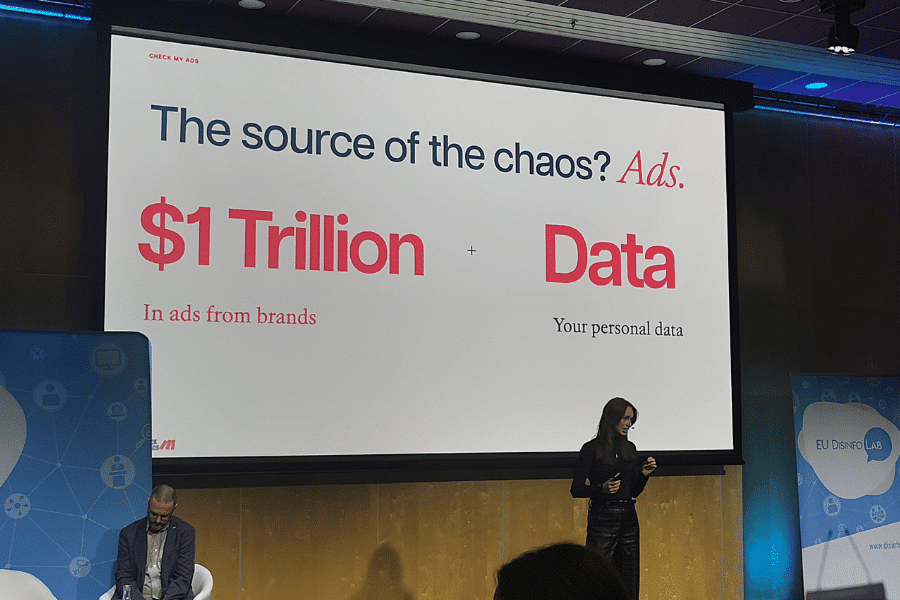
by News Decoder | 14 Oct 2024 | Education, Journalism, Media Literacy, News Decoder Updates
To counter the lies slowing the fight against climate change and harming our democratic institutions will take a global effort. But people are mobilising. At the EU Disinformation Lab, Claire Atkin, co-founder of the ad industry watchdog Check My Ads, discussed ways...

by Amina McCauley | 10 Sep 2024 | Education, Environment, Journalism, News Decoder Updates
News Decoder’s EYES project pilots a new curriculum to inspire teachers and engage students in a deep dive into climate change in schools. A teacher discusses climate change with students. (Illustration by News Decoder) Secondary school students in Bahir Dar,...
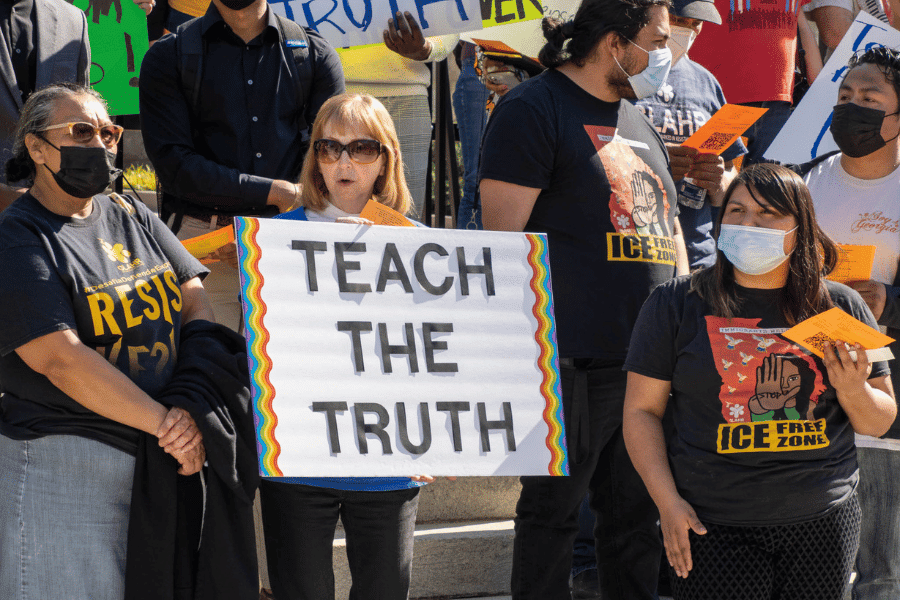
by Bernd Debusmann | 3 Jul 2024 | Decoder Replay, Education, Human Rights, Media Literacy, Politics
The term “woke” is caught up in a divisive culture war in the United States. Why is the idea of social justice not universally accepted? A protest about book banning at the capitol building in Atlanta, Georgia in the United States, 12 February 2022....
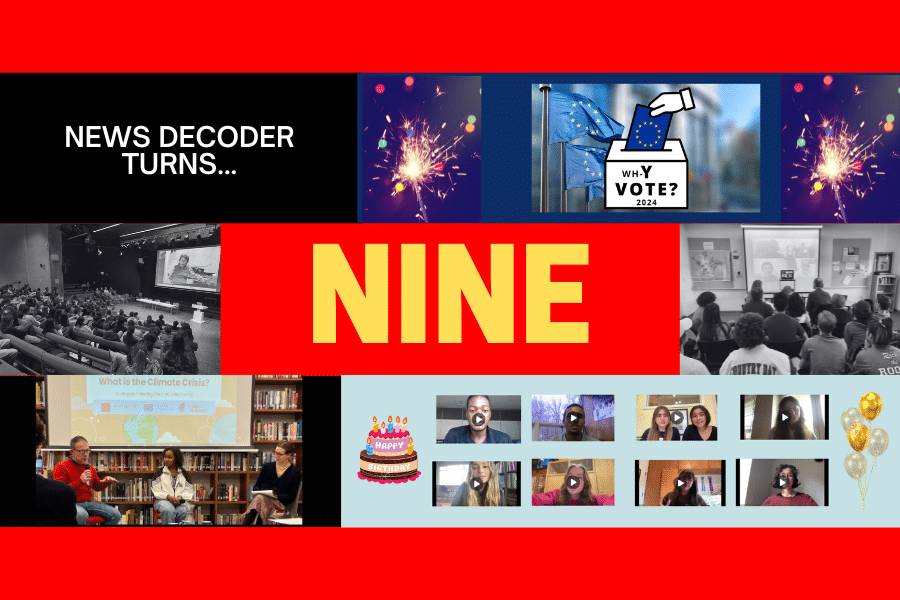
by Kaja Andrić | 10 Jun 2024 | Education, Journalism, News Decoder Updates
News Decoder started as an idea: Informing youth about global events. It evolved into something much more. A collage that shows some of News Decoder’s accomplishments over the past nine years. (Illustration by News Decoder) Nelson Graves’ brain child was born in...

by Kaja Andrić | 28 May 2024 | Education, News Decoder Updates
The new board president of News Decoder’s nonprofit wants to help students tell their stories and discover a wider world. Nouvelles-Découvertes Board President Christian Henry. Christian Henry has a portal in his office. To some, it’s a photo of a turquoise-water...
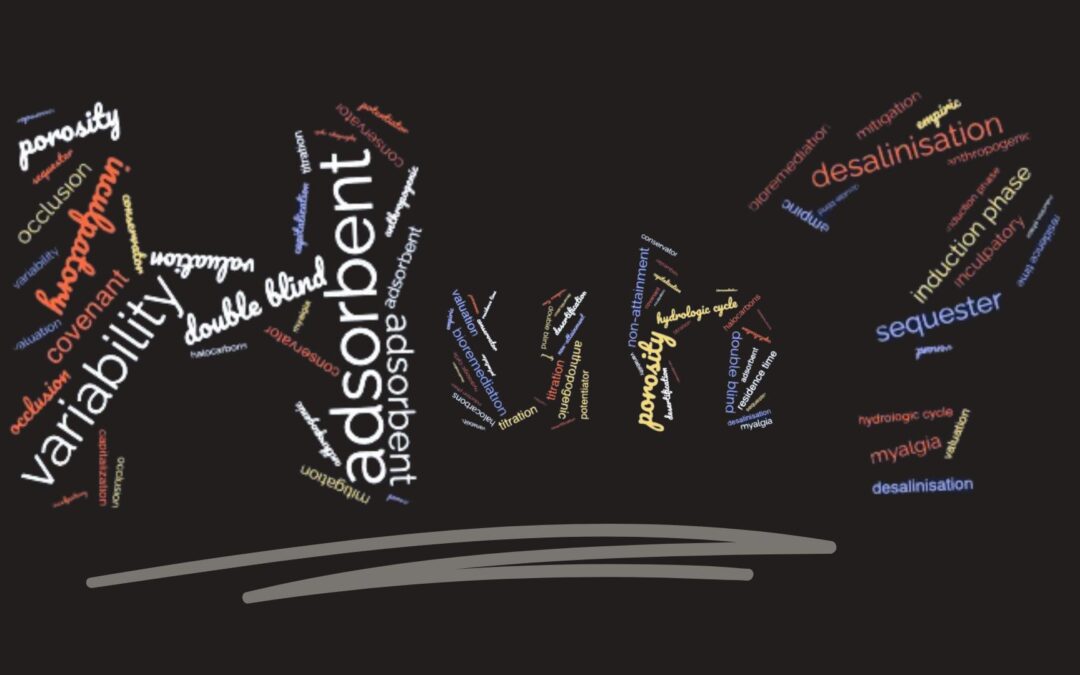
by Helen Womack | 16 May 2024 | Education, Media Literacy, News Decoder Tips
Within professions, people use terminology to be precise. But for communication, clarity requires simple language. A confusion of terminology forms the word Huh? (Illustration by News Decoder) This article was produced exclusively for News Decoder’s global news...

by News Decoder | 6 May 2024 | Contests, Education, Journalism, News Decoder Updates, Realgymnasium Rämibühl Zürich, St. Andrew's, Tatnall School
A one-week workshop produced three winners in our storytelling contest. Across the Atlantic, St. Andrews Episcopal in Mississippi tied for second place. Stories produced out of a week-long media camp at Realgymnasium Rämibühl Zürich (RGZH) took three prizes in...

by Amina McCauley | 19 Apr 2024 | Decoder Dialogues, Education, Environment, News Decoder Updates, Tatnall School, Youth Voices
Are wealthy countries responsible for mitigating the effects of climate change in developing countries? Students take up the debate — and find common ground. (Credit: Badmanproduction/Getty Images) “Developed countries should make a sincere effort to mitigate the...
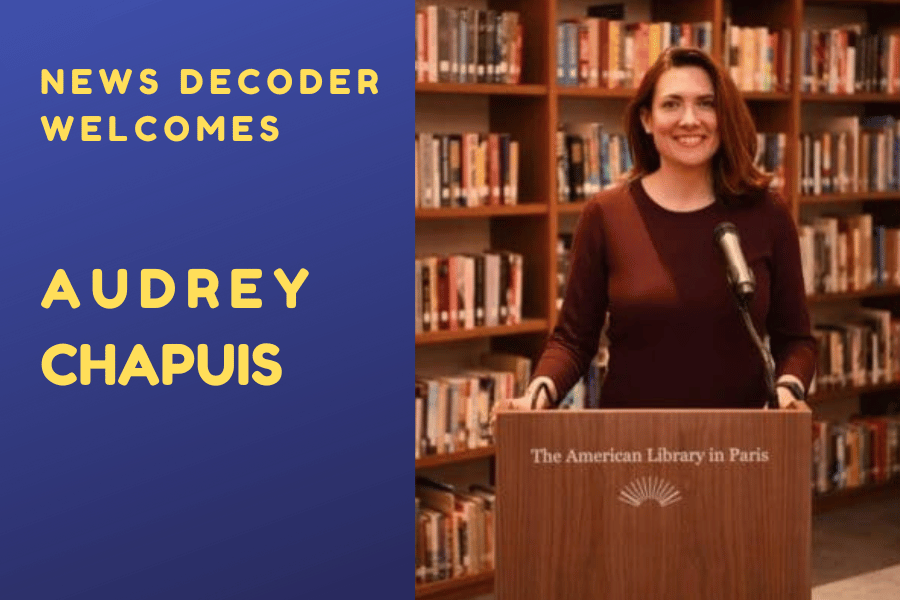
by Kaja Andrić | 15 Apr 2024 | Education, Media Literacy, News Decoder Updates
Our new board member wants to foster the insatiable curiosity we all have, whether through a book pulled off a shelf or a digital site like News Decoder. Audrey Chapuis giving a talk at the American Library of Paris. (Credit: Krystal Kenney) Ask Audrey Chapuis what...

by Aralynn Abare McMane | 11 Apr 2024 | Education, Educators' Catalog, Journalism, Media Literacy, News Decoder Updates
News and media literacy groups are calling on Europe to include journalism in media literacy education. Students need to know how to spot news they can trust. A teen points to a site that can be trusted while another gives a different site a thumbs down. Illustration...
Young people engage with the news in its many, diverse forms but they can’t always trust its reliability or may not verify sources. It is vital that young people be able to discern between real news and fake, verified trustworthy sources and polemic, propaganda or clickbait. In this piece, Aralynn Abare McMane talks to news and media literacy groups and explores why they are calling for Europe to include journalism in media literacy education.
Exercise: In order to better understand the wider issues surrounding media literacy, ask students to choose one of the organizations or projects mentioned in the article. They should undertake independent research into what they do. In groups, they can look into their chosen organization or project and prepare a short presentation summarizing what they do and the key issues they address. They should then reflect on why this organization exists, what problem it solves and how its objectives help students like them in the real world.










